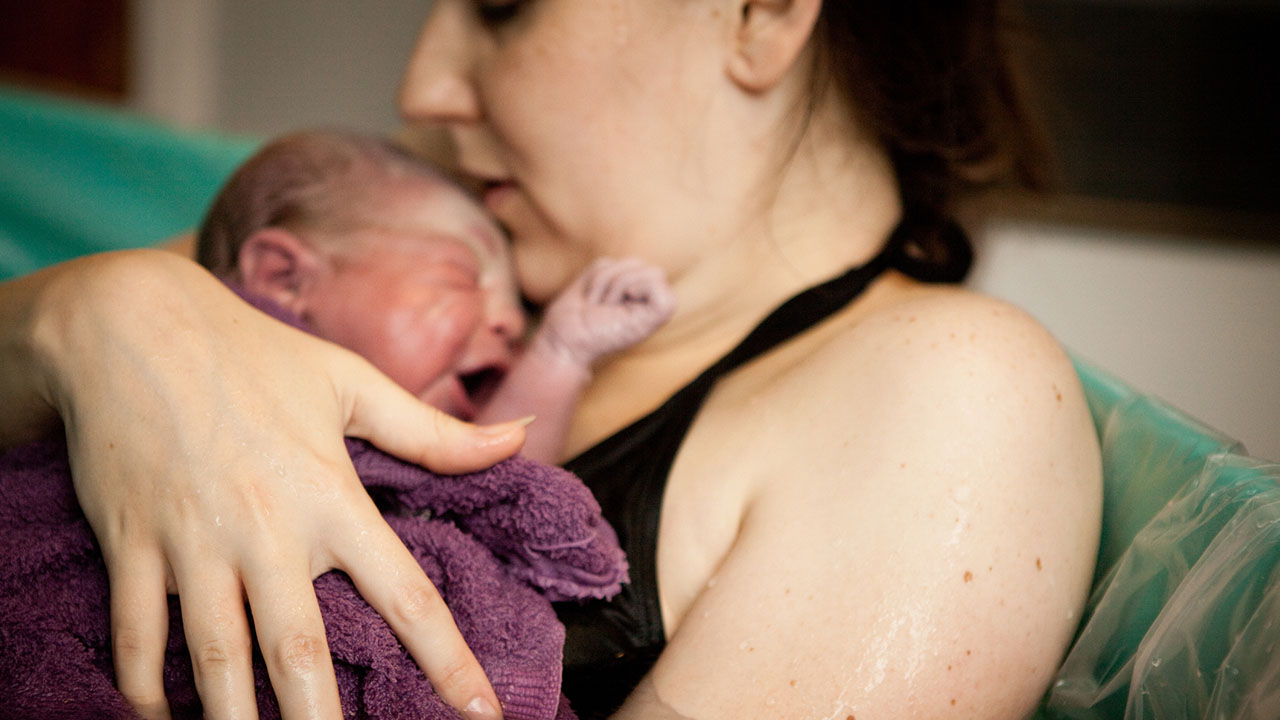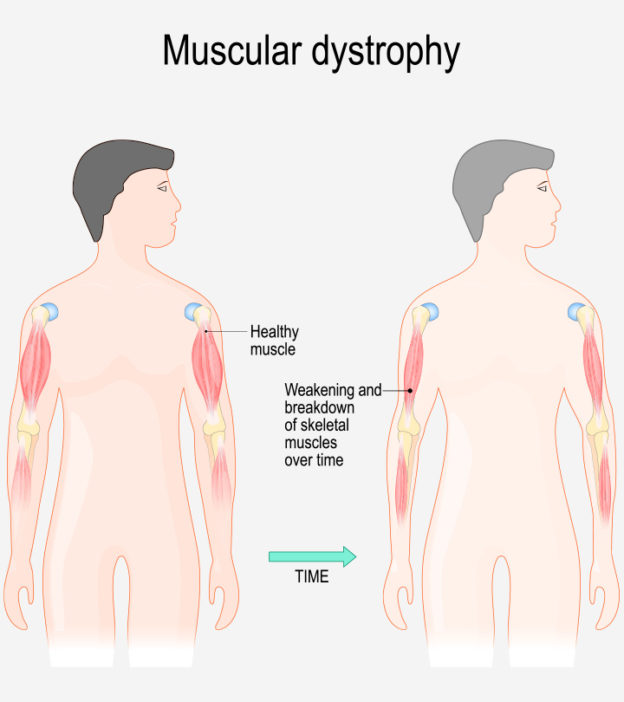[ad_1]
A close friend of yours recently had a wonderful experience having a water birth, and then you read online that Kim Kardashian ate her placenta to reduce postpartum depression. It gets you thinking—are these practices safe for your baby and should you try them yourself?
The problem is, a lot of these practices don’t have proven benefits. What’s worse, some can even be risky for your baby.
As a paediatric emergency medicine physician, I have seen many newborns get very sick with bacterial and viral infections, often needing hospitalization and occasionally—time in the ICU. Newborns are among the highest risk children I care for, especially in the vulnerable first week of life.
But with all the information out there, it can be hard to know which practices have been proven to help, and which ones might actually cause harm.
A comprehensive research article recently published in the journal Pediatrics reviewed some of these practices and includes the most recent data. Here’s what expecting parents need to know about the risks of these birth practices to decide what’s right for them.
Water birth
In a water birth, part or all of labour occurs while in a birthing pool or tub with warm water.
Water birth benefits
Women often choose a water birth to increase relaxation, decrease pain, and use the support of the water to make it easier to get in a more comfortable position. When asked about their experience with a water birth, research has shown that mothers also felt an increased sense of control.
Is a water birth safe?
For the first stage of labour, when you first start having contractions and your cervix starts to open, being submerged in water is safe if you are at term (between 37 and 42 weeks of gestation) and your pregnancy has been uncomplicated. Being submerged in water during this stage has been shown to lower the need for pain medication.
When it comes to the second stage of labour, when your baby is moving through the birth canal ending with delivery, there is currently no data showing that a water birth is beneficial for the mother or the baby. While there hasn’t been harm to any baby in a clinical trial using water births, there are reports of babies being infected with organisms they would not normally be exposed to outside of the water, such as Pseudomonas and Legionella. These infections can be very serious leading to hospitalization and death. It should be noted, however, that these are extremely rare, and the risk can be decreased with proper cleaning of the pool or tub and prevention methods such as using new pool/tub liners and changing the water regularly.
Should you have a water birth?
Overall, given that there is no proven benefit in the second stage of labour, the American Academy of Pediatrics and the American College of Obstetricians and Gynecologists have cautioned against a water birth in the second stage of labor due to rare but serious newborn complications. The Society for Obstetrics and Gynaecologists of Canada and the Canadian Paediatric Society, however, do not have specific recommendations or cautions.
With the very low risk of infection, and perceived benefits, many women and their partners still choose to do a complete water birth with a trained midwife without any problems. Like infection, the risk of a newborn swallowing water and interfering with their breathing is also very rare. Newborns have multiple innate mechanisms to prevent this, and to ensure their first breath is taken once they are out of the water.
Lotus birth
What is a lotus birth
A lotus birth, also known as umbilical non-severance, is the practice of keeping the umbilical cord attached to the baby and allowing it to naturally separate, rather than clamping and cutting it shortly after birth. The placenta stays attached to the baby via the cord for about three to 10 days until it falls off naturally. During this period, both the placenta and cord dry up until the cord naturally dislodges from the belly button. This is similar to how the umbilical stump dries and falls off in non-lotus births. Parents choose this option for a variety of reasons, including the belief that it provides a gentler transition for the baby into the world, allows for continued nourishment from the placenta, and decreases injury to the belly button.
Delayed cord clamping vs. lotus birth
It should be noted that a lotus birth is different from delayed cord clamping. Delayed cord clamping means that the umbilical cord is not immediately clamped at the time of birth. Instead, the healthcare provider waits at least one minute before clamping and cutting the cord. This practice is recommended by the WHO and has several proven benefits for both term and premature babies including giving them more red blood cells and iron.
Are there benefits of a lotus birth?
There is no current data showing benefits to the newborn with a lotus birth. After the placenta has been delivered, it does not receive blood supply from the mother and there is no longer any circulation. Without this circulation, it cannot provide any additional nourishment to the baby. Outside of the mother, and without any circulation, the placental tissue starts to die and this dying tissue can be a source of nutrients for harmful bacteria that can be transferred to the baby. Although rare, there are several reports of very serious bacterial infections in newborns caused by this practice.
Potential complications of a lotus birth
There are also additional challenges and risks with a lotus birth. Since the tissue is dying, the placenta will smell, and parents often use herbs to overcome this. The placenta needs a sterile container or bag and needs to be transported with the baby. This can make things like getting a baby into a car seat more challenging. Since the placenta is relatively large and bulkier than the cord, there is also the risk of the cord being ripped away from newborn, called cord avulsion.
Currently there are no formal recommendations or warnings regarding a lotus birth, but parents should be aware that there are no proven benefits, and a dying placenta does pose the risk of very serious infection.
Eating the placenta
Eating your placenta, or placentophagy, is another popular birth practice. Some mothers eat it raw, while others cook it. The most popular method of preparation is to create a powder from the placenta that can be made into capsules.
Benefits of eating the placenta aren’t proven
Many celebrities have reported eating their placenta and claiming a multitude of benefits, further increasing its popularity. These claims include decreased postpartum depression, increased breastmilk production, and several others; however, there is no clear evidence to support these assertions. Some new moms believe that the nutrients passed to the placenta during the pregnancy should not be wasted, and could potentially help them recover. There have been no studies done on placentophagy to support these claims outside of self-reported surveys.
Is eating the placenta safe?
There is, however, evidence to support the risks. Bacterial infection can occur in the person who handles or eats the placenta, and there is also direct evidence that it has caused harm to a newborn with a bacteria called group B Streptococcus (GBS).
In the case of placentophogy, the SOGC has a very clear recommendation against it, citing no benefit and a potential for harm.
Vaginal seeding
Many mothers who have a caesarean section worry their babies are not exposed to the same helpful bacteria as babies who were born vaginally—and rightfully so. There is significant data on the importance of the microbes that live inside a human body, called a microbiome. Not having a vaginal delivery is associated with differences in a baby’s microbiome, and some research has shown that this difference can be potentially minimized by vaginal seeding.
With vaginal seeding, fluid from the vagina is placed on a cotton swab or gauze and is then applied to a baby’s mouth, nose, or skin.
Is vaginal seeding a good idea?
Although vaginal seeding may transfer helpful bacteria, it is also possible to transfer harmful bacteria and viruses like GBS, herpes, and HIV. Even though these can be tested for during pregnancy, it is always possible that one or more of these can be contracted from the time of the test to the time of delivery. Therefore, vaginal seeding is currently not recommended outside of a research setting. Despite this, some mothers are still choosing to do vaginal seeding. Since it is not recommended, healthcare practitioners are unlikely to assist, and the practice would be left to the parents.
It’s also helpful to note that although babies born via C-section have differences in their microbiome at birth compared to those babies born vaginally, these changes do not last into later infancy.
If you’re worried about your baby’s microbiome, there are other, safer ways to improve your baby’s bacteria mix including breastfeeding, skin-to-skin contact, delaying bathing after birth, and avoiding unnecessary antibiotics.
Delaying your baby’s first bath
Of all the practices discussed here, here’s one that is actually worth doing. Traditionally, babies were given a bath soon after delivery. But the World Health Organization actually recommends that a baby’s first bath be delayed for 24 hours. If this is not possible, then the bath should be delayed for at least six hours.
Benefits of delaying baby’s first bath
Waiting before that first bath is beneficial for several reasons. Perhaps the most important is that it can facilitate early breastfeeding, simply by keeping the mother and baby together. Breastfeeding a baby in the first hour has many proven benefits, including decreasing the risk of infections. Since they are kept together longer, it also keeps the baby warm and decreases the chance of hypothermia. It can also help with preserving the newborn’s skin microbiome and vernix—the waxy white substance that babies are born with and naturally protects them against harmful bacteria.
It is important to note that if the mother has a known, transmissible infection, delayed bathing is not recommended. In particular, HIV, active herpes, hepatitis B, and hepatitis C are most concerning. In these cases, babies should be bathed as soon as possible after birth.
The bottom line: Parents pursue alternative birth practices because they want their baby to have the healthiest, happiest transition into the world. At the same time, it’s important to keep in mind that newborns have underdeveloped immune systems and are at high risk of infection. Some alternative birthing methods may expose newborns to infection unnecessarily and it is important that every parent weigh proven benefits against the risks of harm to their baby.
[ad_2]
Original Source Link

 PARENTING TIPS
PARENTING TIPS PREGNANCY
PREGNANCY BABY CARE
BABY CARE TODDLERS
TODDLERS TEENS
TEENS HEALTH CARE
HEALTH CARE ACTIVITIES & CRAFTS
ACTIVITIES & CRAFTS


